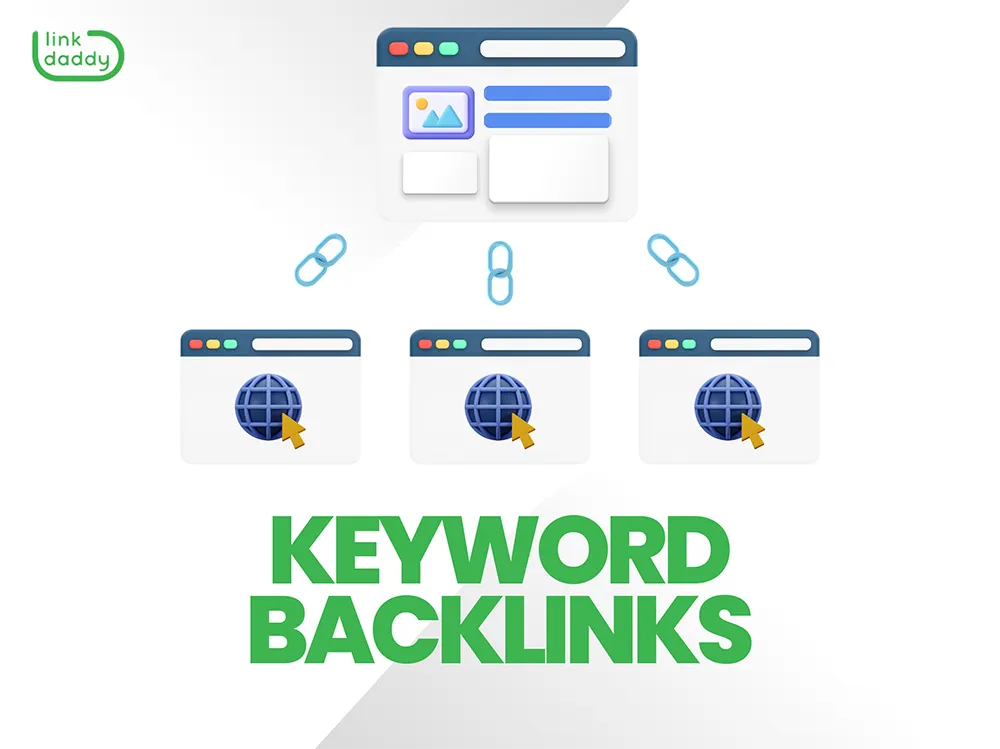Cloud Services Press Release: Latest Updates and Insights
Wiki Article
Understanding the Various Types of Cloud Providers and Their Uses
From Facilities as a Solution (IaaS) to Software Program as a Solution (SaaS), each type of cloud solution serves a special objective and supplies distinctive advantages. By discovering the nuanced functionalities and applications of each cloud solution, one can browse the intricacies of cloud computing with precision and insight.Facilities as a Service (IaaS)
Facilities as a Solution (IaaS) supplies individuals with virtualized computer resources over the web on a pay-as-you-go basis. This cloud computing version supplies crucial IT framework such as virtual devices, storage, and networking without the need for companies to spend in and take care of physical servers and information facilities. With IaaS, users can scale sources up or down based upon their needs, offering flexibility and cost-efficiency.One of the crucial advantages of IaaS is its ability to rapidly arrangement and release infrastructure parts, making it possible for businesses to react promptly to transforming needs and market conditions. By outsourcing framework administration to the provider, organizations can focus more on their core company activities instead of taking care of the complexities of hardware maintenance and upgrades.
In addition, IaaS offers a high level of dependability and safety, with companies normally providing robust information backup, catastrophe healing, and cybersecurity steps. This aids ensure that critical organization operations stay undisturbed and information stays shielded versus possible risks. linkdaddy cloud services press release. In general, Facilities as a Solution streamlines IT operations, enhances scalability, and minimizes capital investment for organizations of all sizes
System as a Solution (PaaS)
Structure upon the foundation of Infrastructure as a Solution (IaaS), Platform as a Service (PaaS) uses a detailed atmosphere for developers to develop, deploy, and handle applications without the intricacies of underlying framework monitoring. PaaS supplies a system with tools and solutions that enhance the development process, permitting programmers to concentrate on composing code and structure applications instead of managing framework worries.

Software Application as a Solution (SaaS)
Software Application as a Solution (SaaS) revolutionizes the way businesses gain access to and utilize software application applications by offering them on a subscription basis through cloud carriers. This cloud computing model gets rid of the demand for organizations to preserve and install software application on individual gadgets, as everything is organized and taken care of centrally in the cloud.SaaS gives an affordable remedy for organizations as they only pay for the software application they use without the included costs of hardware upkeep or software program updates. It additionally uses scalability, permitting business to quickly readjust their software application needs based on their requirements.
Additionally, SaaS applications can be accessed from any type of tool with an internet connection, promoting partnership and adaptability amongst remote teams. Security is a leading priority in SaaS, with providers applying robust actions to safeguard information saved in the cloud.
Popular examples of SaaS include customer partnership management (CRM) software like Salesforce, productivity tools like Microsoft Workplace 365, and cooperation platforms like Google Office. SaaS proceeds to obtain traction in business world as a result of its cost-efficiency, scalability, and benefit.
Feature as a Service (FaaS)
With the evolution of cloud solutions like Software application as a Service (SaaS) linkdaddy cloud services improving software program shipment, Feature as a Service (FaaS) stands for a standard shift in how code is performed in a serverless environment. FaaS permits developers to compose and carry out specific functions or items of code in response to particular occasions without the demand to manage the facilities. This serverless computer model allows designers to concentrate entirely on creating code to carry out certain functionalities, without worrying themselves with the underlying infrastructure or web server administration.Among the key benefits of FaaS is its capacity to scale automatically based on the inbound work. Features are performed in stateless containers that are spun backwards and forwards as required, making certain ideal source use and cost-effectiveness. FaaS is particularly useful for event-driven and microservices designs, where code implementation is activated by events such as HTTP requests or data source updates. By extracting the framework layer, FaaS simplifies advancement, increases time to market, and enhances total dexterity in releasing cloud-native applications.
Storage Space as a Service (STaaS)
A fundamental component in cloud computing, Storage as a Service (STaaS) supplies individuals with a efficient and scalable remedy for taking care of data storage space needs. STaaS enables companies to store and fetch data from remote servers through the net, getting rid of the demand for on-premises equipment. This solution provides versatility by allowing users to pay only for the storage they use, making it a cost-effective solution for organizations of all sizes.
STaaS is especially advantageous for organizations with changing storage space demands, as it supplies a reliable and protected storage space remedy without the demand for substantial in advance investments. By leveraging STaaS, organizations can simplify their data management processes, boost access, and boost data safety and security in an affordable manner.

Verdict
To conclude, comprehending the various sorts of cloud solutions and their usages is necessary for individuals and services wanting to utilize the benefits of cloud computer. Each kind of cloud service provides one-of-a-kind benefits and capabilities, dealing with particular requirements and demands. By using the right cloud solution, organizations can enhance their effectiveness, scalability, and versatility in managing their IT infrastructure and applications. It is critical to assess the particular demands and goals prior to selecting the appropriate cloud solution for optimum performance.From Facilities as a Solution (IaaS) to Software as a Solution (SaaS), each kind of cloud service serves a special purpose and offers unique advantages. cloud services press release. By checking out the nuanced capabilities and applications of each cloud service, one can navigate the intricacies of cloud computing with precision and insight
With the advancement of cloud solutions like Software application as a Solution (SaaS) simplifying software application delivery, Feature as a Service (FaaS) stands for a paradigm shift in how code is implemented in a serverless atmosphere.In verdict, comprehending the different kinds of cloud solutions and their usages is crucial for businesses and individuals looking to take advantage of the benefits of cloud computing. By making use of the best cloud service, organizations can boost their efficiency, scalability, and versatility in managing their IT framework and applications.
Report this wiki page